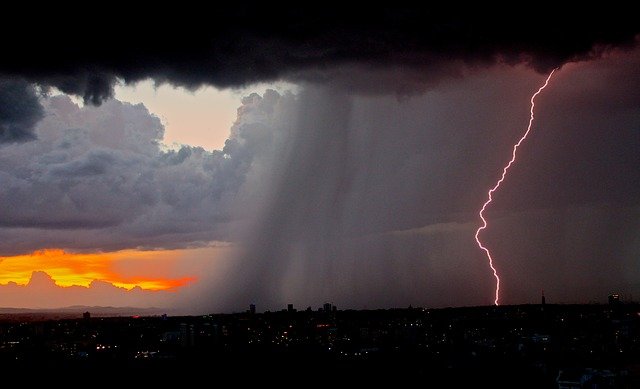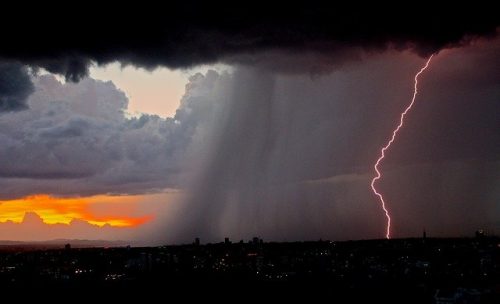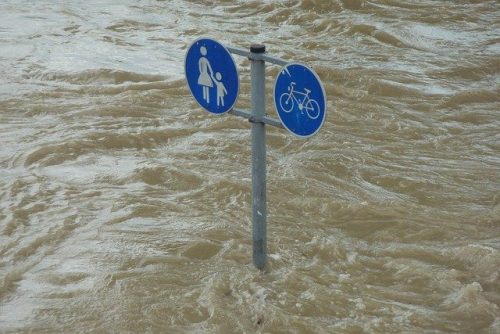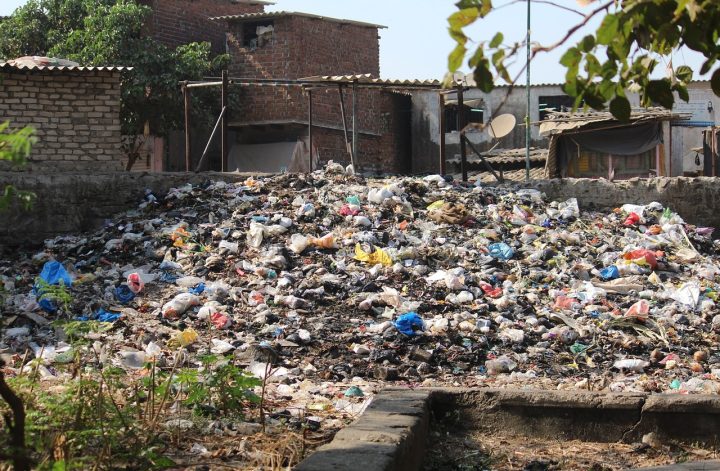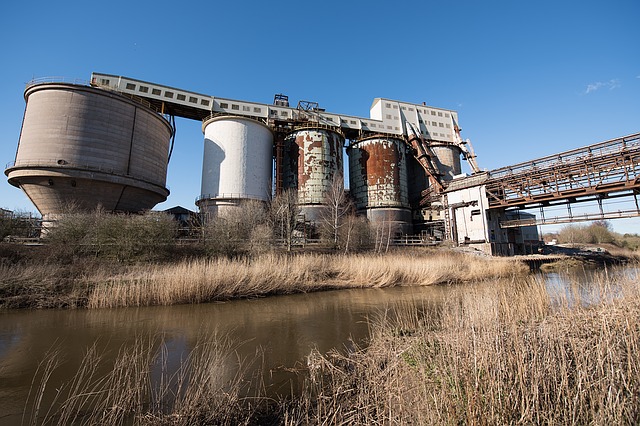In Pakistan, huge amounts of rainfall and thunderstorms usually occur during the Monsoon season, which are sometimes accompanied by Cloudbursts and this is exactly what happened on 28th July in the Twin Cities. It has been reported that the two cities of Rawalpindi and Islamabad have been the recipients of the highest amount of rain during the ongoing Monsoon season. Due to the recent Cloudburst and the amount of rains expected throughout Pakistan, the National Disaster Management Authority (NDMA) is on high-alert.
We have all heard the terrible news that came out of the twin cities about the unfortunate loss of precious human life and damage to property and have seen horrifying pictures of cars floating in the resultant flashflood on the streets due to the “Cloudburst” – a word which has been trending on Twitter the whole day. So what exactly is a cloudburst and how does it occur? In this article we are going to explore exactly that as such events are expected to become more common due to erratic weather patterns caused by Climate Change (For more information read: Climate change and its Causes and Effects) and let’s not forget that Pakistan is among the list of the most effected countries by Climate Change.
Also Check Out:
Climate Change and Its Impact on Pakistan
Increasing Natural Disasters due to Climate Change
WHAT ARE CLOUDBURSTS?
Cloudburst is a meteorological term which refers to a sudden and very heavy rainfall in a specific area over a short period of time. Cloudbursts release a large amount of rainwater during the fierce downpour. Most cloudbursts accompany thunderstorms and are especially common in mountainous regions, as the topography provides optimum conditions for the formation of the Cloudburst. Want to know why and how? Keep reading..
WHAT CAUSES A CLOUDBURST?
It is a commonly known phenomenon that warm air rise upwards as it is less dense, while cooler air take its place near the surface till it too gets warmed enough to rise and this cycle normally continues. Warm air absorbs moisture from the surroundings, so when it rises up the pressure and temperature decreases, and the water vapours held by the warm air cool down and condense and this is how normally clouds are formed.
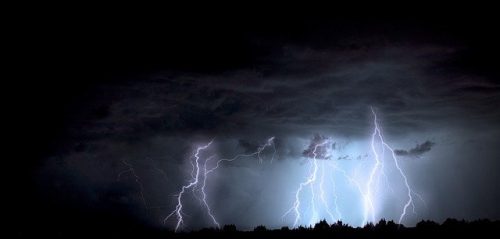
However, sometimes thunderstorm causes fierce upward movement of warm air currents, especially in mountainous regions, along the slope of the hills or mountains. This also forms dense cumulonimbus clouds which are commonly associated with thunderstorm and are commonly perceived as rain clouds, aiding the Cloudburst phenomenon. Violent uprushes of warm air during thunderstorms sometimes hinder downward flow of falling raindrops and carry them up again to the clouds. The rain stops falling at a steady rate, while huge amount of water starts accumulating in the clouds (both already-formed raindrops carried up again and newly condensed raindrops) which all falls to the ground at a time once the uprushes of warm air weaken or when the cloud reaches its capacity to hold water.
Another cause of a Cloudburst is the fact that clouds heavy with water get trapped in the mountainous areas and because the clouds cannot move across a mountain they drop their rainwater load at one place.
WHAT ARE THE EFFECTS OF A CLOUDBURST?
Because cloudbursts release a huge amount of water in a specific area in a short period of time, they can be pretty dangerous and can lead to disasters like flash floods in the cities and full scale floods if they last for a longer time and fill up rivers to their capacity. Flash floods cause damage to infrastructure, houses, valuables, cars and can result in loss of precious human life as well as monetary losses, as was seen in the unfortunate events of 28th July in the Twin cities. For more information read: Flash Floods – Causes, Effects, Prevention and Management.
HOW CAN DAMAGE FROM CLOUDBURSTS BE PREVENTED?
Damage from Cloudbursts can only be prevented by proper planning by the NDMA as well as proper awareness campaigns during the Monsoon season for the general public focusing on safety precautions. Such events are natural disasters which cannot be prevented and are likely to become even more prevalent in the coming years due to Climate Change, so planning and adaptation is the only way forward to prevent loss of precious lives and damage to property (Read: Climate Change Adaptation Methods and Mitigation Strategies). Pakistan needs to introduce Disaster management plan as well as training so people are better able to handle such events. Focus should also be on quick and timely rescue efforts and prior warning to the general public.
Also Read: Natural Disasters Common In Pakistan and their Impact
I hope you all liked this post! Please comment below if you have any suggestions, comments, or feedback! We at #envpk love hearing from our readers! Thanks!

